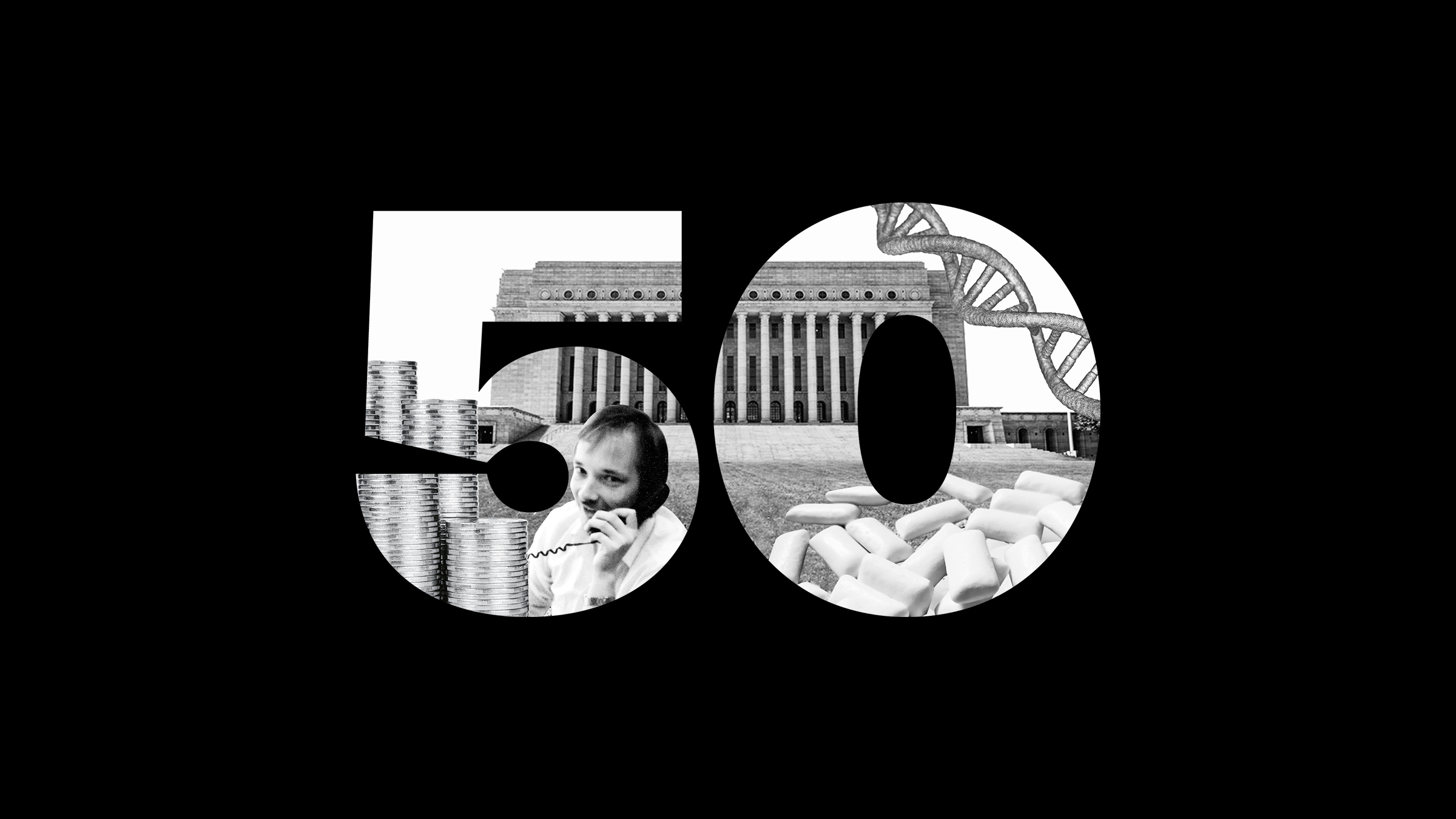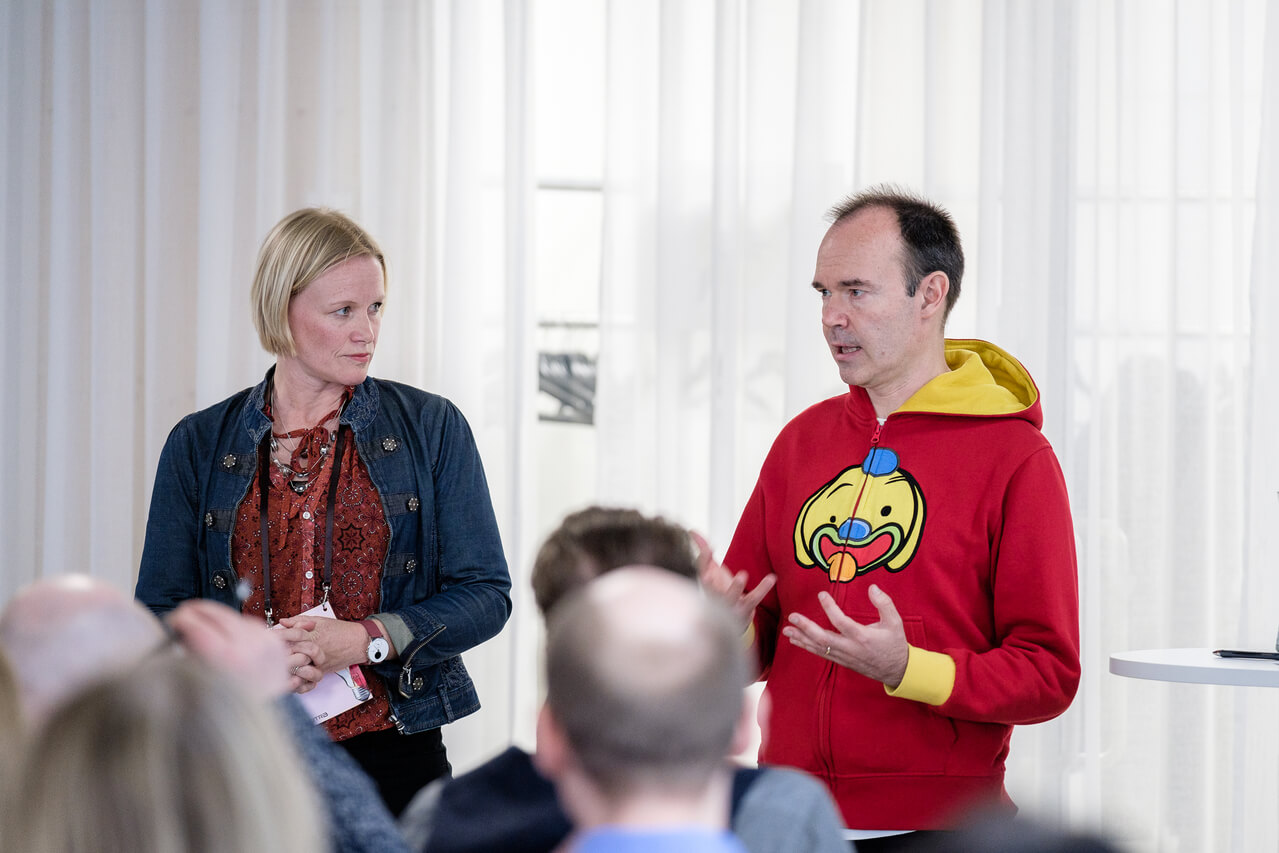To mark its 50th anniversary, Sitra is releasing a publication, called Stories of the Future – Sitra’s Journey from R&D Financier to Agent of Social Change. The historical account, presented in the form of a reportage, recounts the work of the future-oriented organisation its history, using accounts of contemporaries. Produced both digitally and as a printed publication, the content reveals how Sitra’s story is also a story of the development of Finland’s welfare society and its different phases.
In 1967, the Finnish Innovation Fund Sitra was given an important task by the Finnish Parliament: to improve Finnish well-being and competitiveness. The societal situation in Finland was extremely challenging at the time. The economy was struggling and the predominantly agricultural society of the post-war period was morphing into an industrialised country. The migration trend brought people from the countryside to the cities, and social problems could not be avoided. At 50 years of age, an independent Finland was in the grip of profound change.
The task of Sitra has remained the same from the beginning, but the means to achieve it have changed in accordance with the development of society and changing needs. Over the years, the financier of research and product development evolved into Finland’s first – and initially also its largest – capital investor, transforming itself into a societal agent of change as market activities developed.
The publication gives voice to the people at Sitra over the decades. They speak about open-mindedness and the courage to try new things – qualities which continue to be basic prerequisites for futures work. At the same time, a picture emerges of both the challenges of societal work and getting things done, as well as the results. The sense of what work was like in the past decades is also starkly portrayed.
Reaching into the future and understanding the present day also requires an awareness of one’s history. Sitra’s current activities are steadfastly built on the work of its predecessors. Klaus Waris, Sitra’s first president and the father of the whole idea of a future fund, understood back then how important questions of quality of life and the environment were for enabling sustainable economic growth. The people at Sitra saw early on the importance of technology as a way to gain a competitive edge, and technological product development funding later become a wider project to advance the digitisation of society. As early as the late 1960s, Executive Vice President Osmo A. Wiio was learning about futurology in the United States, bringing the first teachings and methods of postulation to Finland.
Work on producing this historical account has been a huge joint effort, in which the greatest input has been from the writers of the publication, Ann-Mari Huhtanen and Noora Mattila, and from Sitra’s communications team, led by a steering group made up of Sitra staff.
We thank former Helsingin Sanomat Editor-in-Chief Janne Virkkunen for being a sparring partner in the early stages and for helping us perceive history and identify the significant landmarks in the development of the Finnish welfare society. A special thank you to the interviewees, all of whom made history come to life.
You can see the digital version of the anniversary publication in Finnish.
Download the publication in PDF form in Finnish.
Download the publication in PDF form in Swedish.
You are also invited to take a look at the comprehensive historical publication, Sitra – Tulevaisuus tehtävänä (Sitra – Future as a Mission), published in 2007.




Recommended
Have some more.